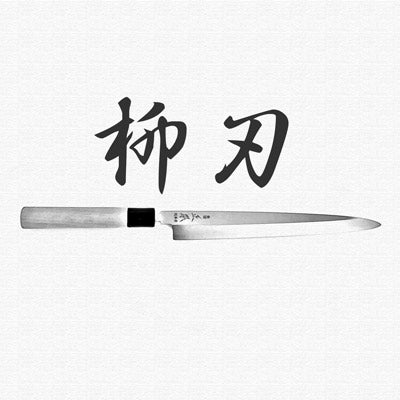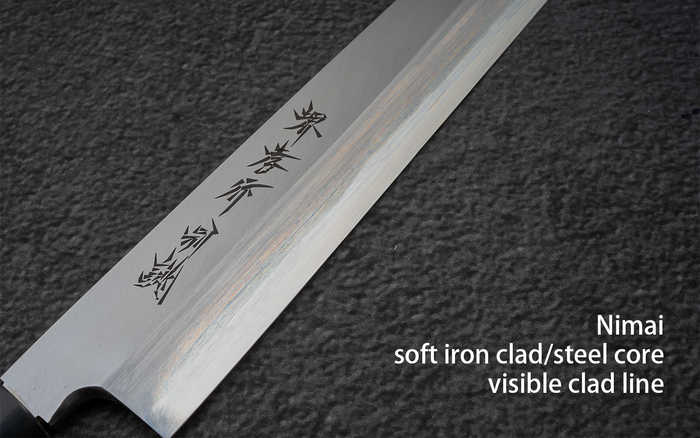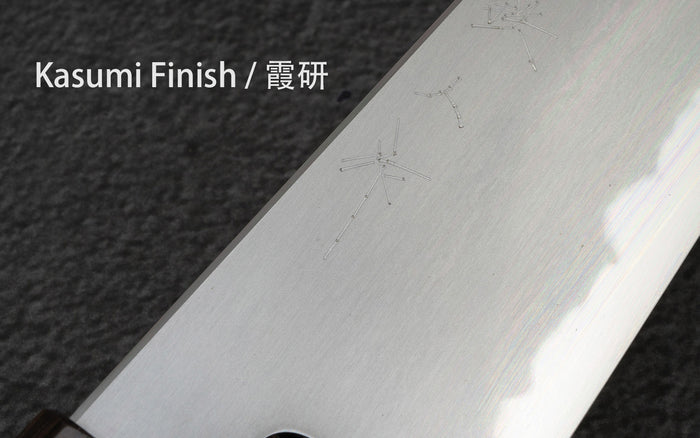Sakai Takayuki | 庫存單位:
SATA_W3NK_YA270
堺貴之 白 3 日本金世柳葉 270mm
售價
$2,854.00
正常價格
$3,357.00
單價
/
不可用
堺貴之 白 3 日本金世柳葉 270mm 已缺貨,一旦有貨就會出貨。
無法載入取貨日期
Detailed Specifications
| Line | 堺孝行金星白鋼3 |
| Profile | 柳刃刀 |
| Bevel Type | 單斜面 |
| Weight | 178 g | 6.3 oz |
| Edge Length | 260 mm | 10 15/64″ |
| Heel Height | 35 mm | 1 3/8″ |
| Width @ Spine | 4.0 mm | 5/32″ |
| Width @ Mid | 3.2 mm | 1/8″ |
| Width @ 1cm from Tip | 1.5 mm | 1/16″ |
| Steel | 白三鋼 / 白紙三號 | 碳鋼 |
| Blade Construction | 二枚軟鐵夾鋼 |
| Hardness (HRC) | 59 - 61 |
| Surface Finish | 霞 |
| Handle | D型朴木 黑色口輪 |
| Region | 堺 |
| Best for |
|

| Pros | Cons |
|
|
|
Care Instruction
- Don't cut hard things! Japanese knives are brittle so bone hacking is a NO NO!
- Wash with neutral detergent after use, and wipe dry;
- Please don't wash knife with dishwasher, it will damage the wood handle;
- Be careful not to leave the knife close to a heat source for a long time;
- It is a lot more dangerous to cut with a blunt knife than a sharp knife!
- It is best to sharpen a Japanese knife regularly on a waterstone. Error: Steel nature unknown









